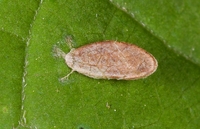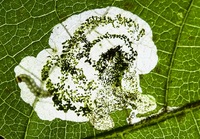
| Recorded by: Mark Basinger and Jim Petranka on 2025-10-17
Madison Co.
Comment: Hydrangea arborescens was host plant. Mines were apparently unoccupied. Photo 2 was taken in Erwin, Tennessee. | 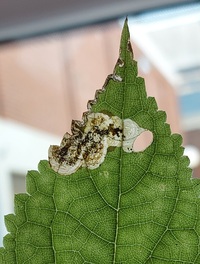
| Recorded by: Mark Basinger and Jim Petranka on 2025-10-17
Madison Co.
Comment: Hydrangea arborescens was host plant. Mines were apparently unoccupied. Photo 2 was taken in Erwin, Tennessee. |
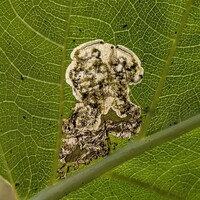
| Recorded by: Jeff Niznik, Kaitlyn Elliott on 2025-10-11
Yancey Co.
Comment: | 
| Recorded by: Jim Petranka and Becky Elkin on 2025-10-06
Madison Co.
Comment: |
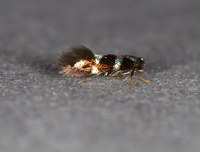
| Recorded by: Jim Petranka, Marilyn Westphal, Becky Elkin, Nora Murdock on 2025-08-25
Rutherford Co.
Comment: | 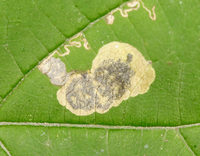
| Recorded by: Jim Petranka and Becky Elkin on 2024-08-21
Yancey Co.
Comment: |

| Recorded by: Jim Petranka and Becky Elkin on 2024-08-21
Yancey Co.
Comment: | 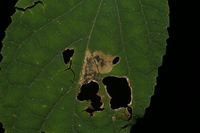
| Recorded by: David George, Jeff Niznik on 2024-08-05
Transylvania Co.
Comment: |

| Recorded by: Jim Petranka and Becky Elkin on 2023-08-16
Macon Co.
Comment: | 
| Recorded by: Jim Petranka and Becky Elkin on 2023-08-16
Macon Co.
Comment: |
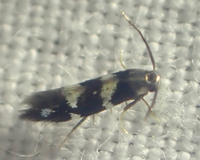
| Recorded by: tom ward on 2023-08-07
Buncombe Co.
Comment: | 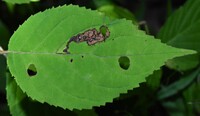
| Recorded by: David George, Stephen Dunn, Jeff Niznik on 2023-07-31
Macon Co.
Comment: |
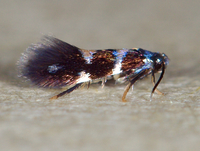
| Recorded by: Jim Petranka and Becky Elkin on 2023-04-09
Transylvania Co.
Comment: A reared adult; mine on Oct 4, 2022; adult on April 9, 2023 after overwintering in a refrigerator. On Hydrangea radiata. | 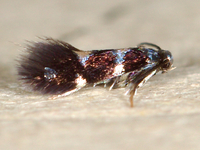
| Recorded by: Jim Petranka on 2023-04-01
Yancey Co.
Comment: One of two reared adults; leaf mines were on Hydrangea arborescens on Sept 18, 2022; adults emerged on April 1, 2023 after overwintering in the refrigerator. |

| Recorded by: Jim Petranka and Becky Elkin on 2022-10-24
McDowell Co.
Comment: | 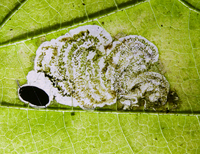
| Recorded by: Jim Petranka and Becky Elkin on 2022-10-24
McDowell Co.
Comment: |
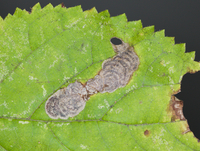
| Recorded by: Jim Petranka and Becky Elkin on 2022-10-21
Rutherford Co.
Comment: | 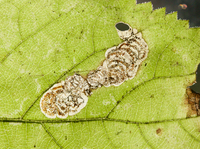
| Recorded by: Jim Petranka and Becky Elkin on 2022-10-21
Rutherford Co.
Comment: |
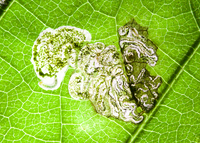
| Recorded by: Jim Petranka and Becky Elkin on 2022-10-04
Transylvania Co.
Comment: Occupied mines were on Hydrangea radiata; adult emerged on April 9 after overwintering in refrigerator. | 
| Recorded by: Jim Petranka and Becky Elkin on 2022-10-04
Transylvania Co.
Comment: Occupied mines were on Hydrangea radiata; adult emerged on April 9 after overwintering in refrigerator. |
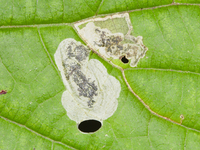
| Recorded by: Jim Petranka and Becky Elkin on 2022-09-20
Madison Co.
Comment: | 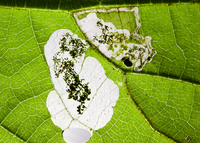
| Recorded by: Jim Petranka and Becky Elkin on 2022-09-20
Madison Co.
Comment: |
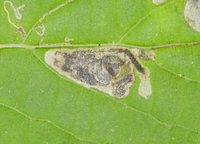
| Recorded by: Jim Petranka and Becky Elkin on 2022-09-18
Yancey Co.
Comment: | 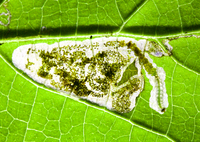
| Recorded by: Jim Petranka and Becky Elkin on 2022-09-18
Yancey Co.
Comment: |
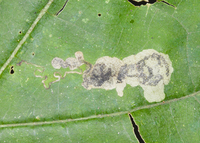
| Recorded by: Jim Petranka and Becky Elkin on 2022-09-15
Caldwell Co.
Comment: | 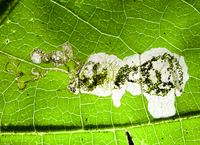
| Recorded by: Jim Petranka and Becky Elkin on 2022-09-15
Caldwell Co.
Comment: |
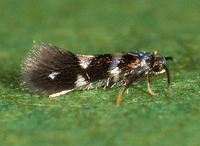
| Recorded by: Jim Petranka on 2022-09-13
Madison Co.
Comment: | 
| Recorded by: Jim Petranka and Becky Elkin on 2022-09-13
Rutherford Co.
Comment: |
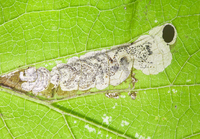
| Recorded by: Jim Petranka and Becky Elkin on 2022-09-13
Rutherford Co.
Comment: | 
| Recorded by: Jim Petranka and Becky Elkin on 2022-08-24
Macon Co.
Comment: |
|

 »
»
